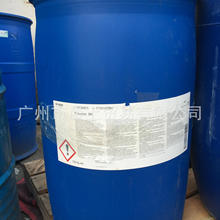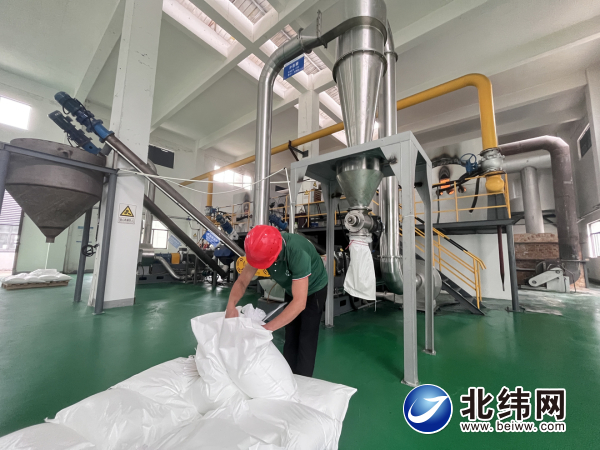Batteries that make use of sodium as an electrode material are showing exciting promise by some key measures when it comes to next-generation energy storage solutions, and new research has now edged them closer to mainstream use. Scientists in the UK have developed a novel separator material from seaweed that shores up the durability of this battery design, and offers a capacity boost at the same time.
Sodium-ion is a chemistry that is gaining attention in battery research circles, as it offers a more sustainable alternative to those based on tried and trusted lithium, which is relatively rare and expensive to mine. By contrast, sodium is abundant and offers high theoretical capacity, and research is starting to suggest it could play a useful and low-cost role in our future energy storage needs.
One problem scientists continue to run into with sodium-based batteries, however, is the uncontrolled growth of tentacle-like formations known as dendrites. These take shape as the battery cycles, pierce the separator membrane that sits between its two electrodes and cause the device to short circuit.
Researchers at the University of Bristol have put forward a new solution to this problem. In collaboration with scientists at Imperial College and University College London, the team has taken cellulose materials derived from brown seaweed and used it to form a new fiber-based separator material for sodium batteries. These fibers prevent the formation of dendrites, but also happen to boost the performance of the battery.
“The aim of a separator is to separate the functioning parts of a battery (the plus and the minus ends) and allow free transport of the charge,” said Jing Wang, first author of the research. “We have shown that seaweed-based materials can make the separator very strong and prevent it being punctured by metal structures made from sodium. It also allows for greater storage capacity and efficiency, increasing the lifetime of the batteries – something which is key to powering devices such as mobile phones for much longer.”
In their testing, the team found the battery design could retain "unprecedented" long-term stability, by maintaining a high energy density over 1,000 cycles. The team says the approach could also be applied to other battery types to make them more efficient, and are now turning their attention to upscaling production of the materials.
“I was delighted to see that these nanomaterials are able to strengthen the separator materials and enhance our capability to move towards sodium-based batteries,” Dr Amaka Onyianta. “This means we wouldn’t have to rely on scarce materials such as lithium, which is often mined unethically and uses a great deal of natural resources, such as water, to extract it.”
The research was published in the journal Advanced Materials.
Source: University of Bristol


 相关文章
相关文章




 精彩导读
精彩导读



 热门资讯
热门资讯 关注我们
关注我们
